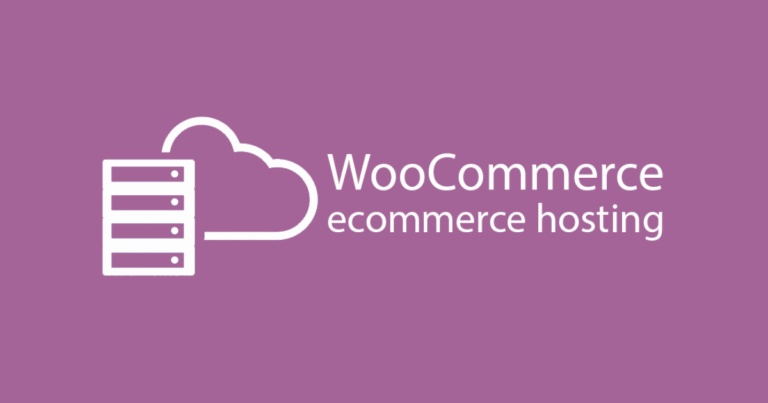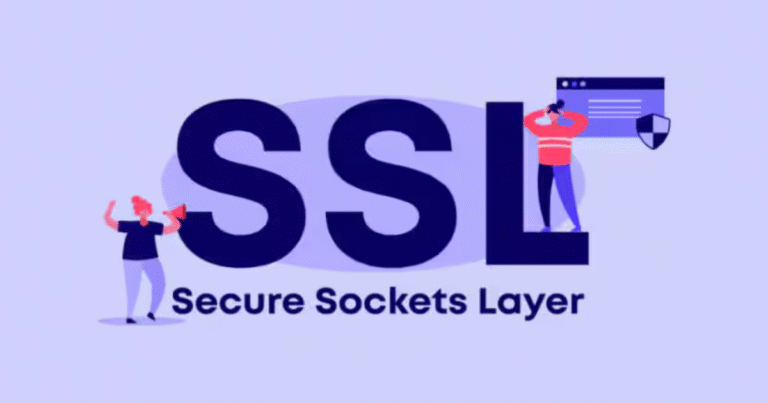Top Strategies For Enhancing Security For Ecommerce Websites
In today’s digital age, ecommerce has become a dominant force in the retail industry. However, as ecommerce websites grow in popularity, so do the risks associated with cyber threats. Ecommerce businesses are prime targets for cybercriminals, as they store sensitive customer information, including payment details and personal data. Therefore, enhancing security is crucial for protecting both the business and its customers.
In this article, we will explore the top strategies for enhancing the security of ecommerce websites, focusing on the implementation of best practices, technologies, and policies that can safeguard against common threats such as data breaches, payment fraud, and account takeovers.
Why Is Security For Ecommerce Important?
Before diving into the strategies, it’s important to understand why ecommerce security is critical. A single security breach can have far-reaching consequences, including:
- Financial Loss: Fraudulent transactions and legal liabilities can lead to significant financial losses.
- Reputation Damage: Customers lose trust in a business if their personal information is compromised.
- Legal Penalties: Failing to meet regulatory standards (e.g., GDPR, PCI-DSS) can result in fines and legal action.
Therefore, ecommerce businesses need to prioritize security to maintain customer trust and comply with regulations.
1. Use HTTPS and Secure SSL Certificates
What Is HTTPS?
HyperText Transfer Protocol Secure (HTTPS) is the secure version of HTTP, the protocol used for communication between a web browser and a website. HTTPS uses encryption to protect the data being transmitted between the two parties. The “S” in HTTPS stands for secure, and it ensures that all data sent over the internet is encrypted, preventing unauthorized access.
Why SSL Certificates Matter
An SSL (Secure Sockets Layer) certificate is what makes HTTPS work. SSL encrypts sensitive data such as credit card numbers, login credentials, and personal information, ensuring that this information cannot be intercepted by malicious third parties.
How to Implement HTTPS:
- Purchase an SSL certificate from a trusted Certificate Authority (CA).
- Install the SSL certificate on the server that hosts the ecommerce website.
- Ensure all web pages are HTTPS-enabled, especially those involving sensitive data exchanges (e.g., payment, login).
2. Enable Multi-Factor Authentication (MFA)

What is MFA?
Multi-factor authentication (MFA) adds an additional layer of security to online accounts by requiring more than just a password to authenticate a user. Typically, it involves two or more of the following factors:
- Something you know: A password or PIN.
- Something you have: A mobile device, security token, or smart card.
- Something you are: Biometric verification (e.g., fingerprints, facial recognition).
Why MFA Is Essential
Implementing MFA reduces the risk of unauthorized account access, even if a password is compromised. By requiring multiple forms of verification, MFA ensures that only legitimate users can access sensitive data or complete transactions.
How to Implement MFA:
- Use third-party MFA tools such as Google Authenticator or Authy.
- Enable MFA for administrative accounts, customer logins, and payment processing systems.
3. Secure Your Payment Gateway
What is a Payment Gateway?
A payment gateway is a technology used to process credit card payments online. The payment gateway securely transmits customer payment information to the payment processor, ensuring that the payment process is seamless and secure.
Best Practices for Securing Payment Gateways
- PCI DSS Compliance: The Payment Card Industry Data Security Standard (PCI DSS) sets the security standards for businesses that handle credit card data. Ensure your ecommerce website is PCI DSS compliant to avoid fines and ensure that your systems are secure.
- Tokenization: Use tokenization to replace sensitive payment data (e.g., credit card numbers) with a unique identifier (token) that cannot be reverse-engineered.
- Encryption: Always encrypt payment information to prevent unauthorized access during transmission.
- Third-Party Payment Processors: Consider using reputable third-party payment processors such as PayPal or Stripe, which offer robust security measures and reduce the risks of handling sensitive payment data.
4. Regularly Update and Patch Software
Why Software Updates Matter
Keeping all software up to date is a critical component of website security. Hackers often exploit known vulnerabilities in outdated software, so regularly updating your website’s software and plugins ensures that you are protected from new threats.
How to Maintain Software Security:
- Update your CMS: If you’re using platforms like WordPress, Magento, or Shopify, always update to the latest version to patch any security vulnerabilities.
- Update plugins and extensions: Disable and remove any unnecessary plugins or extensions, and ensure that the ones you use are regularly updated.
- Implement automatic updates: Many content management systems (CMS) allow you to enable automatic updates for software, themes, and plugins to ensure they are always up to date.
5. Monitor and Detect Suspicious Activities
What Is Activity Monitoring?
Activity monitoring involves continuously checking for any unusual or suspicious activities on your ecommerce website. This includes monitoring login attempts, purchase transactions, account creation, and more.
How to Implement Activity Monitoring:
- Use Web Application Firewalls (WAF): A WAF filters incoming traffic and can block malicious requests before they reach your website.
- Real-time Monitoring Tools: Tools like Sucuri, Cloudflare, and SiteLock can help monitor your site for vulnerabilities, malware, and DDoS attacks in real time.
- Set Up Alerts: Configure alerts for suspicious activities, such as multiple failed login attempts, changes in account details, or large, unusual purchases.
6. Backup Data Regularly

Importance of Backups
Data loss, whether caused by cyberattacks, hardware failure, or human error, can be disastrous for an ecommerce business. Regular backups ensure that you can recover your website and customer data in case of an emergency.
Best Practices for Backing Up Ecommerce Data:
- Automated Backups: Use tools like UpdraftPlus or BackupBuddy to automate the backup process.
- Offsite Backups: Store backups in a secure offsite location (e.g., cloud storage) to prevent data loss in case of physical damage to your servers.
- Test Your Backups: Ensure that your backups are functional and that you can restore data quickly when needed.
7. Limit User Access and Permissions
Principle of Least Privilege
The principle of least privilege states that users should only have access to the resources they need to perform their job functions. This minimizes the risk of internal breaches and reduces the damage that can be caused by compromised user accounts.
How to Implement Access Control:
- Role-based access control (RBAC): Set up different roles for employees, such as admin, content manager, and customer support, with each role having specific permissions.
- Limit access to sensitive data: Ensure that only authorized personnel have access to customer data, payment details, and other sensitive information.
- Use strong passwords: Implement password policies that require strong, unique passwords and periodic changes.
Also Read: Unlocking The Full Potential: WooCommerce Hosting Benefits Explained
Conclusion
Securing an ecommerce website is not a one-time task; it’s an ongoing process that requires constant vigilance and adaptation to emerging threats. By adopting the strategies outlined in this article, you can significantly reduce the risks posed by cybercriminals and safeguard your business and customer data.
From using HTTPS and SSL certificates to implementing multi-factor authentication, secure payment gateways, and activity monitoring, each of these strategies plays a vital role in strengthening ecommerce security. Regular software updates, backups, and access control measures are also crucial for ensuring that your website remains safe over time.
In today’s increasingly digital world, investing in robust security measures is not only a business necessity but also a way to build trust and loyalty with your customers. A secure ecommerce website fosters a safe online shopping experience, which in turn helps your business thrive.
FAQs
1. What is the most important security measure for an ecommerce website?
The most important security measure is implementing HTTPS and SSL certificates. These protect sensitive customer data during transmission, which is crucial for maintaining trust and complying with regulations like PCI-DSS.
2. How often should I update my ecommerce website’s software?
It’s best to update your ecommerce website’s software as soon as updates or patches are released. Regular updates ensure that your site is protected from known vulnerabilities.
3. What are the risks of not securing my ecommerce website?
Without proper security measures, your ecommerce website is vulnerable to data breaches, financial fraud, and reputation damage. Cybercriminals could steal customer information, causing long-term harm to your business.
4. How can I protect my ecommerce website from DDoS attacks?
To protect your website from Distributed Denial of Service (DDoS) attacks, use a Web Application Firewall (WAF) and cloud-based security services like Cloudflare or Sucuri. These services can detect and mitigate attacks in real time.
5. Is multi-factor authentication (MFA) necessary for ecommerce sites?
Yes, MFA is a vital security feature for ecommerce websites. It provides an additional layer of protection, making it harder for hackers to gain unauthorized access, even if they have obtained a user’s password.







